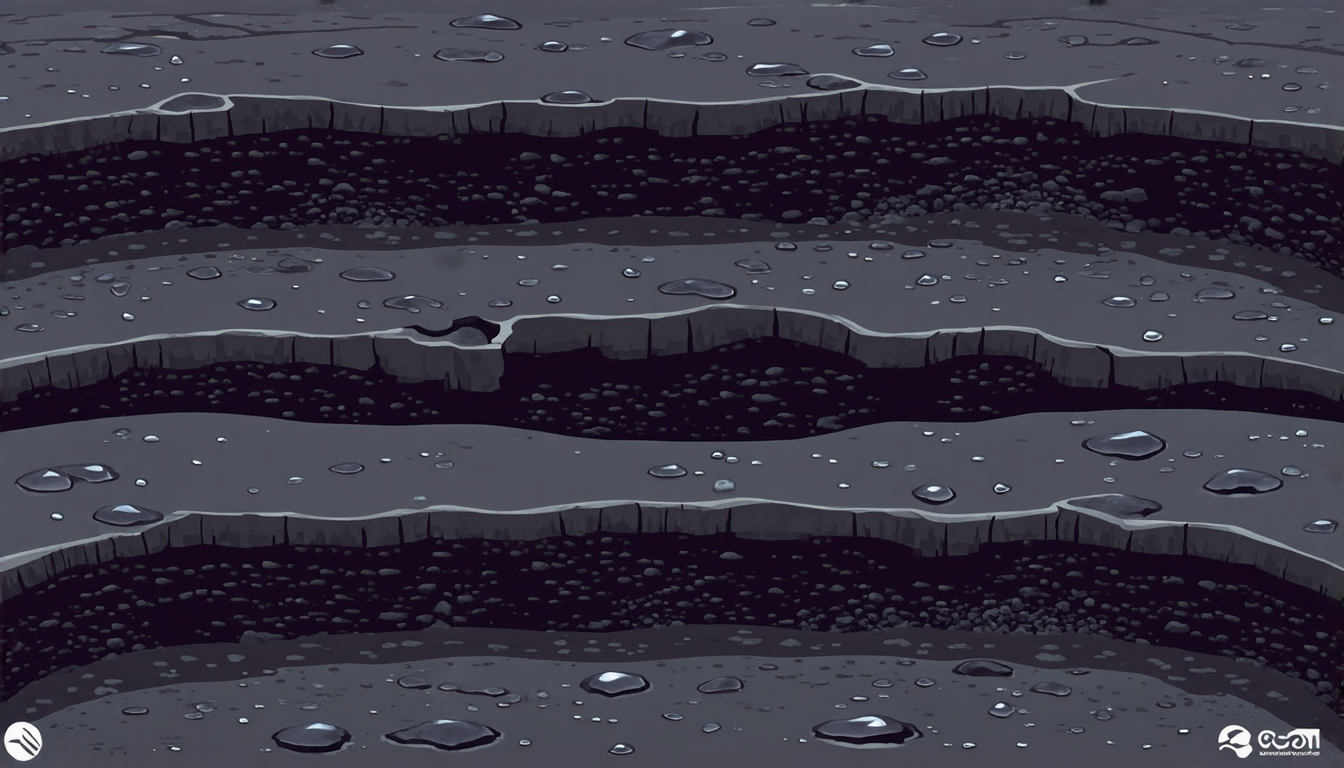Tuesday 08 April 2025
Coal is a vital energy source that has been powering our world for centuries, but its extraction and processing have significant environmental impacts. A recent study shed light on how moisture content affects the mechanical properties of coal, which could lead to more efficient and sustainable mining practices.
Coal seams are complex networks of fractures and pores that store natural gas, water, and other fluids. Understanding how these fractures and pores interact with each other is crucial for predicting the behavior of coal under different conditions. Researchers used a combination of cutting-edge technologies, including micro-computed tomography (micro-CT) imaging, sonic testing, and mechanical testing, to investigate the effects of dewatering and gas depletion on coal.
The study found that water plays a significant role in altering the internal structure of coal. When coal is saturated with water, its pores become larger and more connected, allowing gas to flow more easily through the seam. However, this increased permeability also makes the coal more prone to collapse and fracture. On the other hand, dewatering coal can reduce its strength and make it more susceptible to deformation.
The researchers used micro-CT imaging to create high-resolution 3D models of coal samples with varying moisture content. These models revealed that fractures in dry coal are narrower and less connected than those in wet coal, which affects the way gas flows through the seam. The team also conducted sonic testing to measure the speed at which sound waves travel through the coal, which is affected by its internal structure.
Mechanical testing showed that dry coal has a higher Young’s modulus (a measure of stiffness) and uniaxial compressive strength than wet coal. This means that dewatering can increase the stability of coal seams, making them less prone to collapse. However, this increased stability also makes it more difficult for gas to flow through the seam.
The study highlights the importance of considering moisture content when predicting the behavior of coal under different conditions. By taking into account the effects of water on coal’s internal structure and mechanical properties, researchers can develop more accurate models that better predict the behavior of coal seams during extraction and processing.
This research has significant implications for the mining industry, where efficient and sustainable practices are crucial for reducing environmental impacts. By optimizing dewatering strategies and considering the complex interactions between moisture content, gas flow, and coal strength, miners can reduce waste, minimize damage to surrounding rock, and extract more resources from each seam.
Cite this article: “Unlocking the Secrets of Coals Strength: Researchers Reveal Surprising Impact of Water on Fracture Formation and Mechanical Properties”, The Science Archive, 2025.
Coal, Moisture Content, Mechanical Properties, Micro-Ct Imaging, Sonic Testing, Mechanical Testing, Coal Mining, Environmental Impact, Sustainable Practices, Dewatering Strategies







